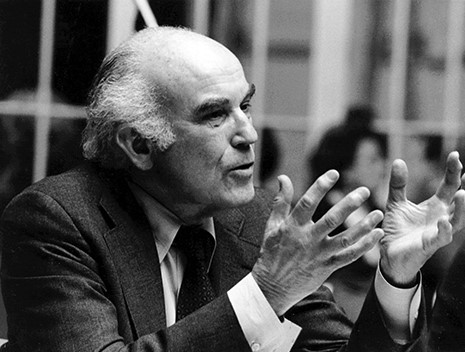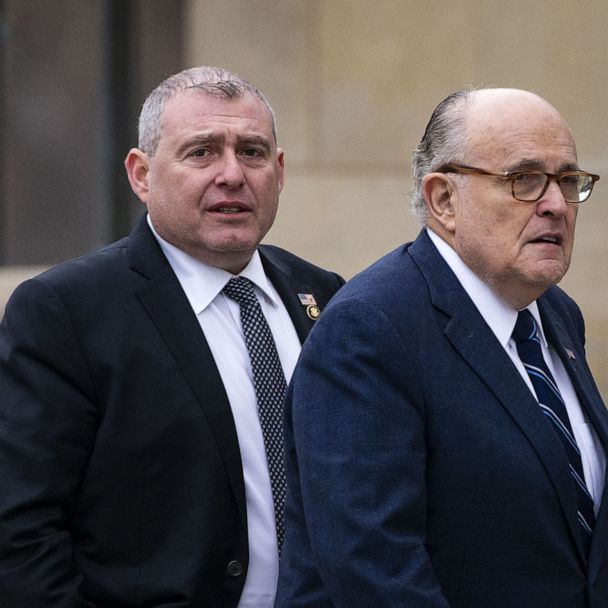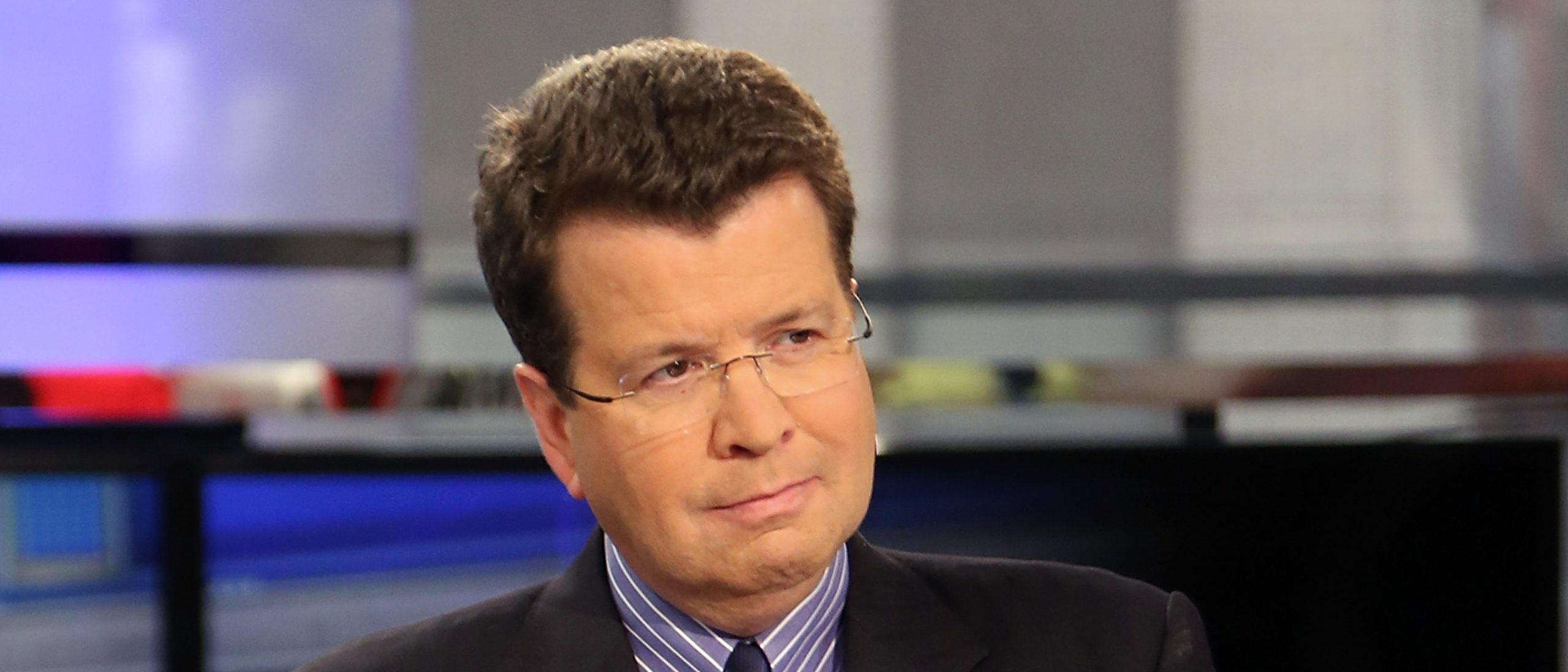
Robert Nisbet
Dear Commons Community,
In 1971, Robert Nisbet predicted that “managerialism” and vying for resources would change the American university and not for the better. In its striving for funding, Nisbet posited that the American university was selling its soul to academic capitalism. Ethan Schrum, has an essay in The Chronicle of Higher Education, revisiting Nisbet’s position. Portions of the essay are adapted from his book,The Instrumental University: Education in Service of the National Agenda after World War II, published by Cornell University Press.
Schrum comments:
“According to Nisbet, it is not even inevitable that the university will continue to exist — at least a university conceived as he wished, ‘as a dispassionate center for the study of nature, society, and man.’ Even if society continued to have technical needs, other institutions could develop to meet them. The ‘course of history’ will not save the university, any more than it had saved aristocracy or guilds. As Nisbet wrote in 1971, human action would be necessary to make the university ‘once more an intellectual community, built around the learned disciplines and professions,’ instead of a ‘mere microcosm of society.’ Such action remains necessary today.”
The essay below is worth a read.
Tony
——————————————————————–
The Chronicle of Higher Education
“The Prophet of Academic Doom”
By Ethan Schrum
October 19, 2021
The Degradation of the Academic Dogma should be remembered for its title alone. But Robert Nisbet’s 1971 classic, in its 50th anniversary year, has much to teach us about the plight of the contemporary American university. Nisbet (1913-1996), who was a prominent communitarian social theorist, helps us see that our quandaries about issues such as funding, bureaucracy, social activism, and faculty workload often have much deeper sources in the university’s social structure, in its role in history, and in longstanding confusions about its purpose. He shows us that we need to think fundamentally about the university as an institution in order to address our specific concerns most fruitfully.
Nisbet argued that what he called “academic capitalism” — the systemwide ramifications of the university’s sprawling new focus on externally funded organized research — had degraded the university after World War II. “For the first time in Western history,” he wrote, “professors and scholars” became “entrepreneurs in incessant search for new sources of capital.”
This was a pioneering claim. Today, Nisbet looks like a seer — many of the trends he described have only intensified. Public trust in universities has declined; the ranks of administrators have swelled; the pressure on individual professors to win external grants has risen. Decades before the advent of on-campus lazy rivers, Nisbet wrote that one outgrowth of academic capitalism was that “dormitories not seldom resembled luxury hotels.” He even predicted a “taxpayers, tuition-payers’ revolt.”
Nisbet published Degradation after spending some 40 years at the University of California during the period of its extraordinary growth into the nine-campus system often seen as a model by educators around the world. (Merced was added later.) A native Californian, he earned all his degrees at UC Berkeley and then served on its faculty in social institutions and sociology before becoming the founding dean of the College of Letters and Science at the new UC campus in Riverside in the early 1950s. He held that position for a decade, then spent another nine years on the Riverside faculty.
For Nisbet, capitalism was not defined by a quest for personal profit. Drawing on Adolf Berle and Gardiner Means’s The Modern Corporation and Private Property, Nisbet argued that status and power were major motivators of capitalists, whether businessmen or “the research titan[s] who began in the late 1940s to govern the American university campus.” These titans flouted traditional university standards of community and authority by setting up their own research shops and raising money to run them without reference to other elements of the university.
The most unfortunate consequence of organized research, in Nisbet’s view, was that it separated research from teaching, thus tearing asunder what he conceived as the integral fabric of academic practice. As organized research became a path to prestige and power, many came to view teaching as a lower-status activity. To counteract this trend, Nisbet wanted professors in research universities to teach three courses per semester.
The punchy title of Nisbet’s book (a nod to Henry Adams, another great critic of American modernity) obscures one of his major points. To be sure, Nisbet argued that academic capitalism had degraded the academic dogma — “the ideal of dispassionate reason, of knowledge for the sake of knowledge.” But Nisbet, recognized as a leading communitarian theorist since publishing The Quest for Community in 1953, was equally concerned with how academic capitalism had degraded academic community — a community of “teachers and scholars,” as he described it in the title of a later book, a memoir of Berkeley in the 1930s.
One way academic capitalism damaged academic community was by spurring a new managerialism. Scholars became managers, since organized research units had “managerial demands” and many employees. A new, more managerially oriented sector of university administration dedicated to sponsored research disrupted the university’s social structure. As a result, “the business and the managerial mind became increasingly vital.” Moreover, presidents, deans, and department chairs were chosen for their managerial and marketing skills rather than their academic vision or curricular expertise. The corrosion of academic community and its informal procedures generated even more managerialism, as bureaucratic methods overseen by additional administrators filled the void. Once in office, these new administrators sought to create more duties for themselves. The result was that “staffs and retinues of secretaries, technicians, clerks, specialists of all kinds enlarged constantly.” Nisbet’s analysis anticipated arguments that came decades later in books such as Sheila Slaughter and Larry Leslie’s Academic Capitalism, Gaye Tuchman’s Wannabe U: Inside the Corporate University, and Benjamin Ginsberg’s The Fall of the Faculty: The Rise of the All-Administrative University and Why it Matters.
Nisbet’s diagnosis of the source of moralistic activism on campus is particularly relevant today. The traditional “social contract” between universities and society allowed professors to seek and teach knowledge for its own sake in exchange for staying “out of the areas of society where partisan feelings are endemic, where passionate moralism is of the essence.” Under that contract, “it would never have occurred to even the most radical (or conservative) [professor] to seek to convert the university into a kind of political engine. Or, for that matter, an economic engine.” But the rise of organized research had shattered this social contract, thus turning the university into an “engine” for political and economic projects.
Universities best served society, Nisbet believed, if they adhered to an essential distinction: Universities should meet society’s needs indirectly by preparing students, but pursuing direct service degraded the academic dogma. The postwar university’s “plunge into direct service” — what Nisbet referred to, contemptuously, as a “deluge of humanitarianism” — was one of its worst features. Nisbet feared that, in trying to solve numerous social problems directly, the university would be overwhelmed. The failure to deliver solutions would diminish its overall prestige, thus undermining public trust in its capability to carry out its core mission of teaching and scholarship.
Furthermore, since “some ascendant political interest” typically motivated “the university’s venture into a new humanitarian sphere,” direct attention to social problems put universities “at the mercy of the politician and the interest group with political pressure,” which was sure to change frequently. The university risked losing control of its own agenda.
Finally, each interest group’s particular problem, when taken up by the university, left a “bureaucratic framework” difficult to adapt to the next big issue. The resulting pileup of these frameworks encumbered the university more greatly with the passage of time.
Were specific individuals to blame for this degraded state of the university? Nisbet did not name names, but his arguments implicate Clark Kerr, his old friend from the Berkeley faculty, who became the era’s most influential voice on American higher education. As chancellor at Berkeley and then as president of the UC system, Kerr was one of the leading advocates of the organized research that Nisbet believed had done so much to degrade the academy. In his memoir, Kerr wrote that he shared Nisbet’s nostalgia for an academic community built around “close-knit friends engaged in collegiate activities.” But, he insisted, that model of the university was no longer viable — and such nostalgia was useless “for those navigating the swift-flowing currents of life.”
Kerr’s concept of the university was grounded in a progressive theory of history. Chad Wellmon has shown how Kerr expounded this view in his inaugural address as chancellor at Berkeley, “The University in a Progressive Society.” By the time he became UC president in 1958, Kerr stated that a necessary path of social development, “the logic of industrialism,” guided the university’s course. In his most famous work, The Uses of the University (1963), Kerr argued that the university “has a reality rooted in the logic of history. It is an imperative rather than a reasoned choice.” When Kerr asked himself “what is the justification of the modern American multiversity?” he replied, “History is one answer.”
Kerr’s understanding of the university through the interpretive lens of a progressive theory of history struck Nisbet as wrongheaded. Nisbet argued that “the most fundamental” step in the rehabilitation of the university was the “repudiation of historicism.” Here he drew on Karl Popper’s notion of historicism as “some imagined trajectory of development.” Nisbet asserted that the greatest danger facing the university was its leaders’ assumption “that planning for the university must” align with this trajectory. Such “preposterous” thinking, he said, downplayed traditional practices and labeled new university activities widely considered good as “inevitable or modern.” A true appreciation of history, Nisbet insisted, enabled one to recognize that the belief that history proceeded along a single track led to “follies and knaveries.” After Nisbet’s chastisement, Kerr doubled down: The phrase “higher education cannot escape history” became the title of a 1990 article and a 1994 book.
Nisbet’s disagreement with Kerr over the character of the American university perhaps had deeper, more personal sources in the early history of UC Riverside. There, Nisbet and the founding provost Gordon Watkins created a liberal-arts college with an enrollment around 1,100 — a place some called “the Amherst of the West.”
“For the first time in Western history, professors and scholars” became “entrepreneurs in incessant search for new sources of capital.”
Nisbet recruited scholars to the faculty like “moths … drawn to the flame of his mind.” He called the UC Riverside founding an “epochal … event in American higher education.” He believed it showed that UC had addressed undergraduate education more “fundamentally” than the nation’s most famous private universities, many of which had produced reports and reformed curricula in the preceding decade. Such a public liberal-arts college was necessary, Nisbet argued, because the problems of citizenship had become “so heavy” and “moral, not technical.”
When Watkins retired in 1956, the faculty submitted only one name as his successor: Nisbet, who also enjoyed strong student support. But UC President Robert G. Sproul tapped another UCR administrator. Nisbet claimed to be relieved that Sproul chose an insider, so UCR could continue on the course Watkins had set. But it was not to be. In the fall of 1957, the UC Regents announced that Kerr would succeed Sproul as system president the following summer. Nisbet wrote him a glowing congratulatory letter, praising his work as chancellor at Berkeley.
After Kerr assumed the presidency, however, he led UC Riverside away from the liberal-arts college model to become what the UC system called a general campus, offering a wide array of degree programs in the arts, sciences, and professions. The Regents’ order explicitly stated that “organized research” would be included at UCR. A college of agriculture and graduate programs quickly appeared. This action, on the eve of Kerr brokering California’s Master Plan for Higher Education, swept Riverside into the homogeneity of the UC system, reducing the pluralism that Nisbet so cherished. Nisbet began developing his ideas for Degradation during the final years of his deanship, and it seems likely that his being passed over for provost and the subsequent demise of the liberal-arts college model for UCR motivated some of the book.
Why did California end up without a public liberal-arts college? Other states, such as Missouri (Truman State University) and New Jersey (The College of New Jersey) have created enduring institutions of this type. One crucial factor is that these institutions have independent governing boards. In California, the notion of a UC “system” that Kerr advanced proved to hinder the perpetuation of a campus focused on undergraduate liberal education.
The story of Nisbet’s liberal-arts college at Riverside being eaten up by a general campus under Kerr’s supervision resonates with one of Nisbet’s central points in Degradation: the need for a university to have a limited but clear and distinctive function. This prescription moved in the opposite direction from Kerr’s multiversity. “Our major weakness in the university at the moment,” Nisbet wrote, “is the nearly total lack of a sense of what the business of the university is, what its mission should be, what its distinctive contribution is to society.” What is a university for? What is its purpose? These are the questions we must ask today more insistently than ever, with the dizzying array of expectations that press on American universities.
As we consider those expectations, we should heed Nisbet’s warning against fantasies about the inevitable course of history. We hear many such appeals to inevitability today. Some want institutions to change because of the looming demographic cliff, while others insist that certain high-profile campuses must expand their enrollment because of the direction history is moving. Instead of assuming an inevitable course, we should study the history of higher education to learn about the possibilities for agency and the consequences of decisions made by past academic leaders.
According to Nisbet, it is not even inevitable that the university will continue to exist — at least a university conceived as he wished, “as a dispassionate center for the study of nature, society, and man.” Even if society continued to have technical needs, other institutions could develop to meet them. The “course of history” will not save the university, any more than it had saved aristocracy or guilds. As Nisbet wrote in 1971, human action would be necessary to make the university “once more an intellectual community, built around the learned disciplines and professions,” instead of a “mere microcosm of society.” Such action remains necessary today.









